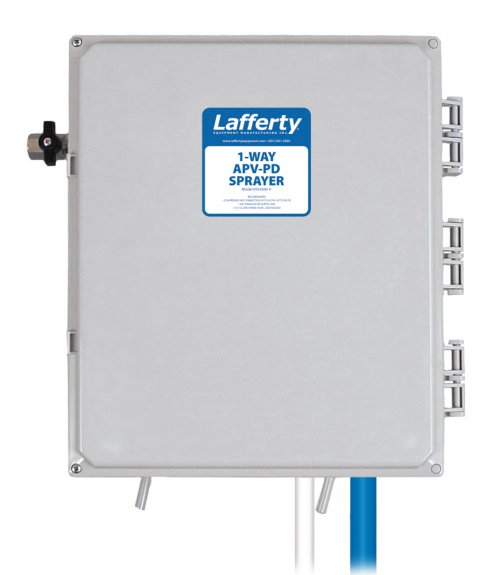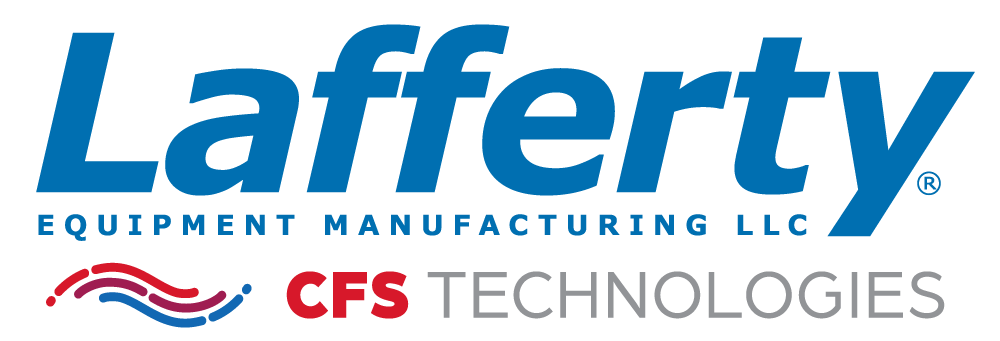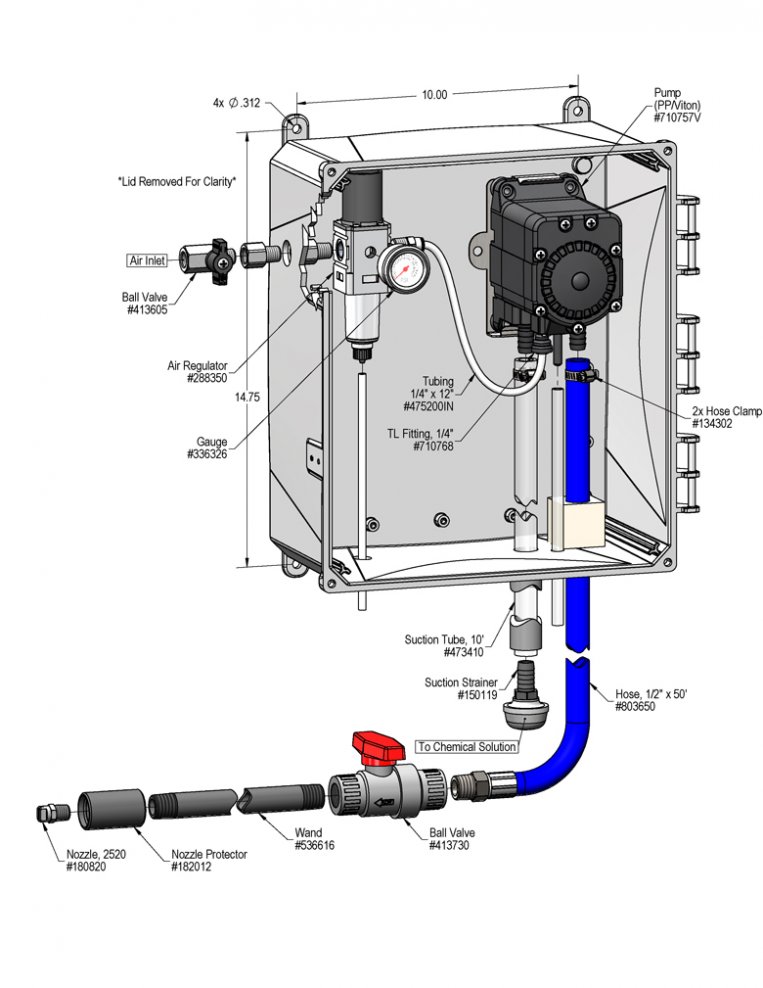Overview
The 1-Way APV-PD Concrete Sprayer is a chemical spray applicator for projecting highly corrosive chemicals such as those used to remove concrete and for aluminum brightening. This acid-resistant system uses a cost-effective Flojet air-operated, double-diaphragm pump to draw ready-to-use acid solution from a static tank and project it through the hose, wand and fan nozzle on to a variety of surfaces.



